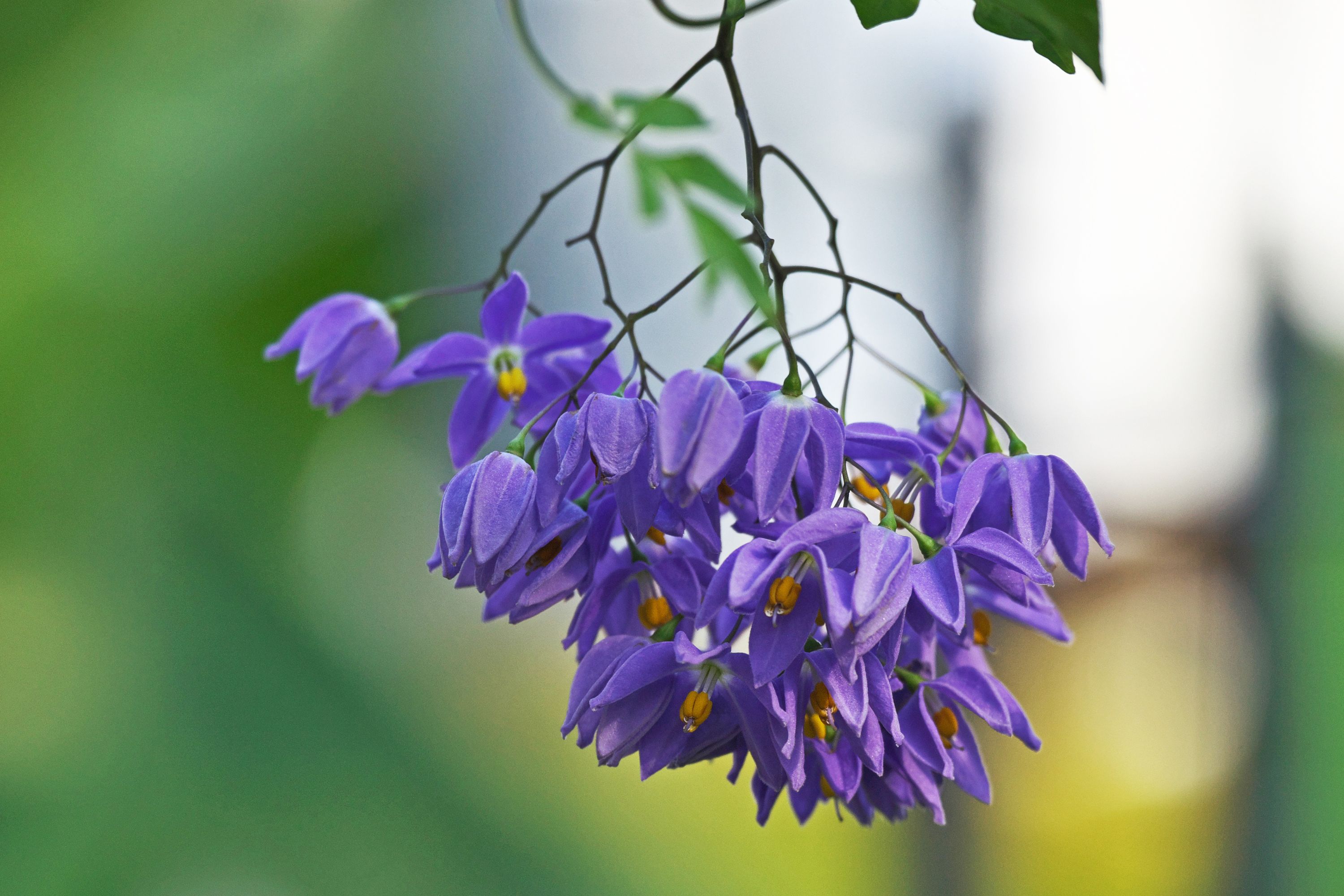Brazilian nightshade
(Solanum seaforthianum)

Description
Solanum seaforthianum, the Brazilian nightshade, is a flowering evergreen vine of the family Solanaceae native to tropical South America. As a member of the Solanum genus, it is related to such plants as the tomato and potato. It is characterized by clusters of four to seven leaves and can climb to a height of 6 m (20 ft) given enough room. It blooms in the mid to late summer with clusters of star-shaped purple inflorescence followed by scarlet marble-sized berries. The plant is highly heat resistant, but cannot tolerate frost conditions. The plant contains modest amounts of various tropane alkaloids such as atropine, scopolamine and hyoscyamine and should be considered mildly toxic and inedible. Promising molluscicidal and schistosomicidal activities were displayed for the S. seaforthianum extracts and fractions which are attributed to the glycoalkaloid content. The species has become widely naturalised outside its native range and is an invasive species in Australia, Africa, Indochina, the Pacific Islands and India, choking native vegetation and poisoning livestock. Solanum is a large and diverse genus of flowering plants, which include three food crops of high economic importance: the potato, the tomato and the eggplant (aubergine, brinjal). It also contains the nightshades and horse nettles, as well as numerous plants cultivated for their ornamental flowers and fruit. Solanum species show a wide range of growing habits, such as annuals and perennials, vines, subshrubs, shrubs, and small trees. Many formerly independent genera like Lycopersicon (the tomatoes) and Cyphomandra are now included in Solanum as subgenera or sections. Thus, the genus today contains roughly 1,500–2,000 species. The generic name was first used by Pliny the Elder (AD 23–79) for a plant also known as strychnos, most likely S. nigrum. Its derivation is uncertain, possibly stemming from the Latin word sol, meaning "sun", referring to its status as a plant of the sun. The species most commonly called nightshade in North America and Britain is Solanum dulcamara, also called bittersweet or woody nightshade. Its foliage and egg-shaped red berries are poisonous, the active principle being solanine, which can cause convulsions and death if taken in large doses. The black nightshade (S. nigrum) is also generally considered poisonous, but its fully ripened fruit and foliage are cooked and eaten in some areas.
Taxonomic tree:







